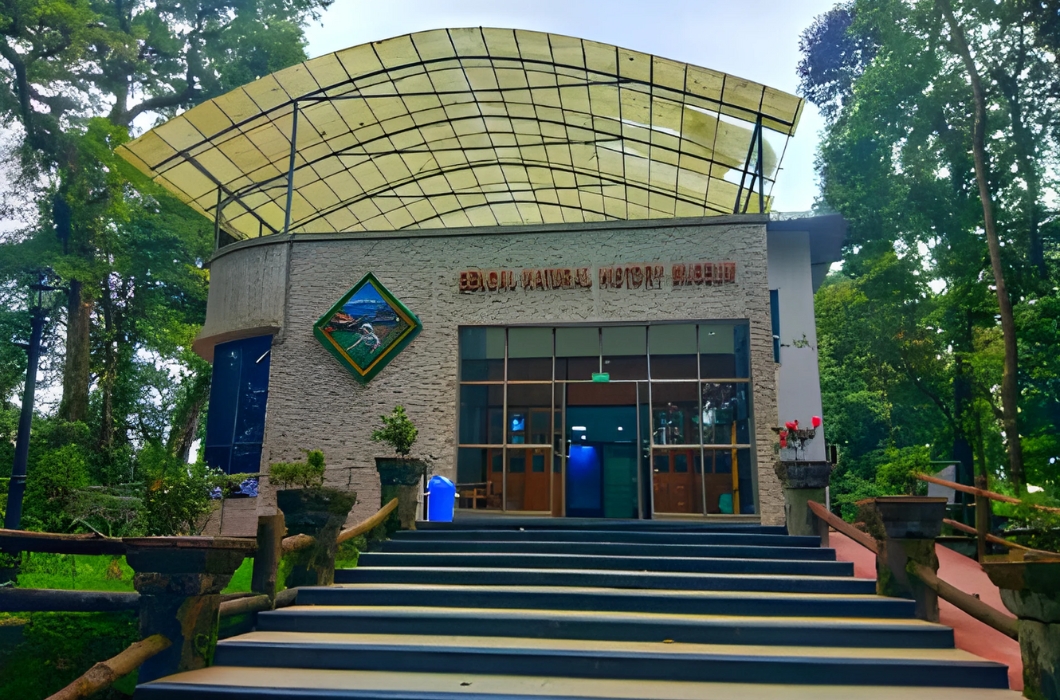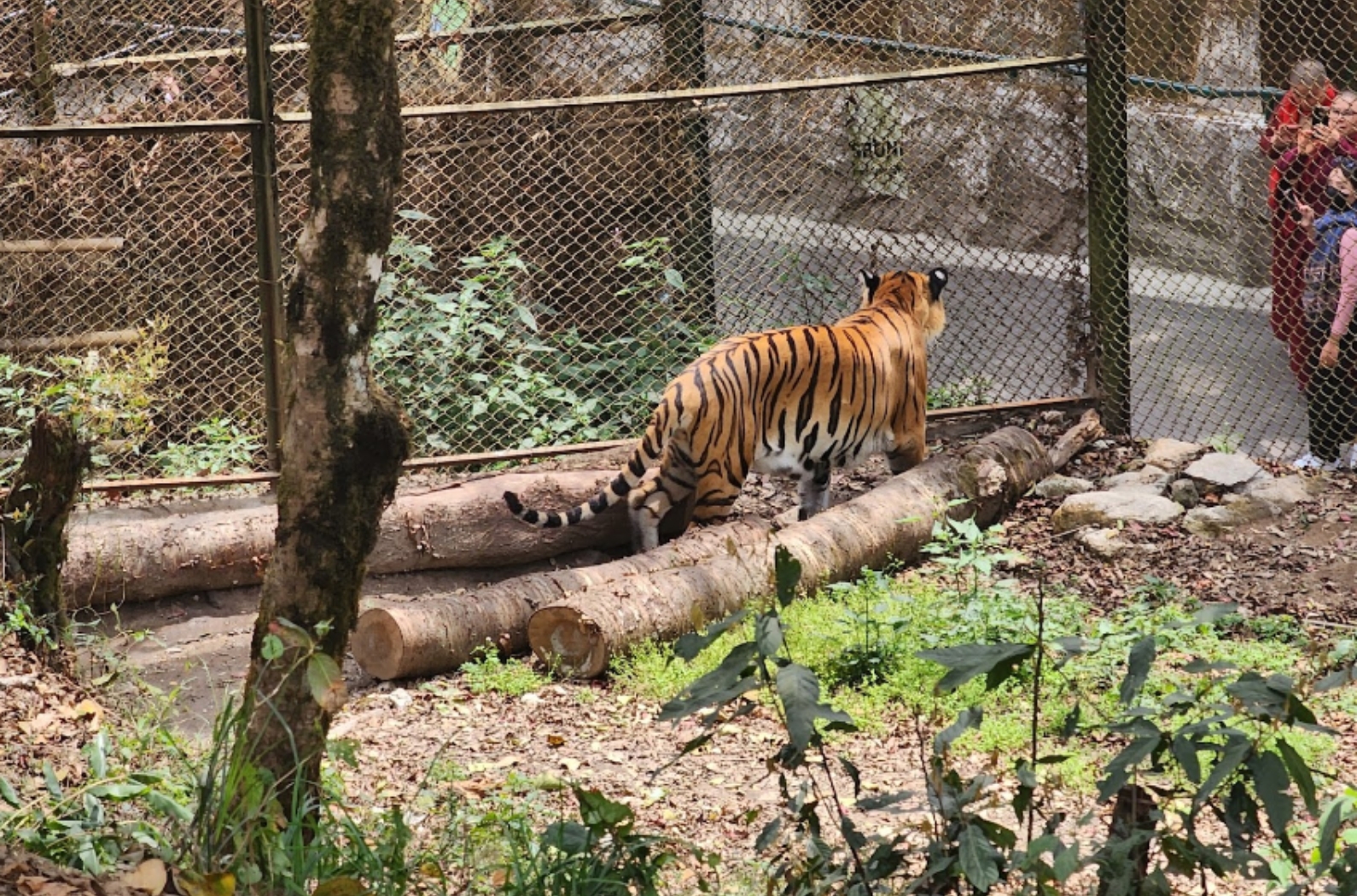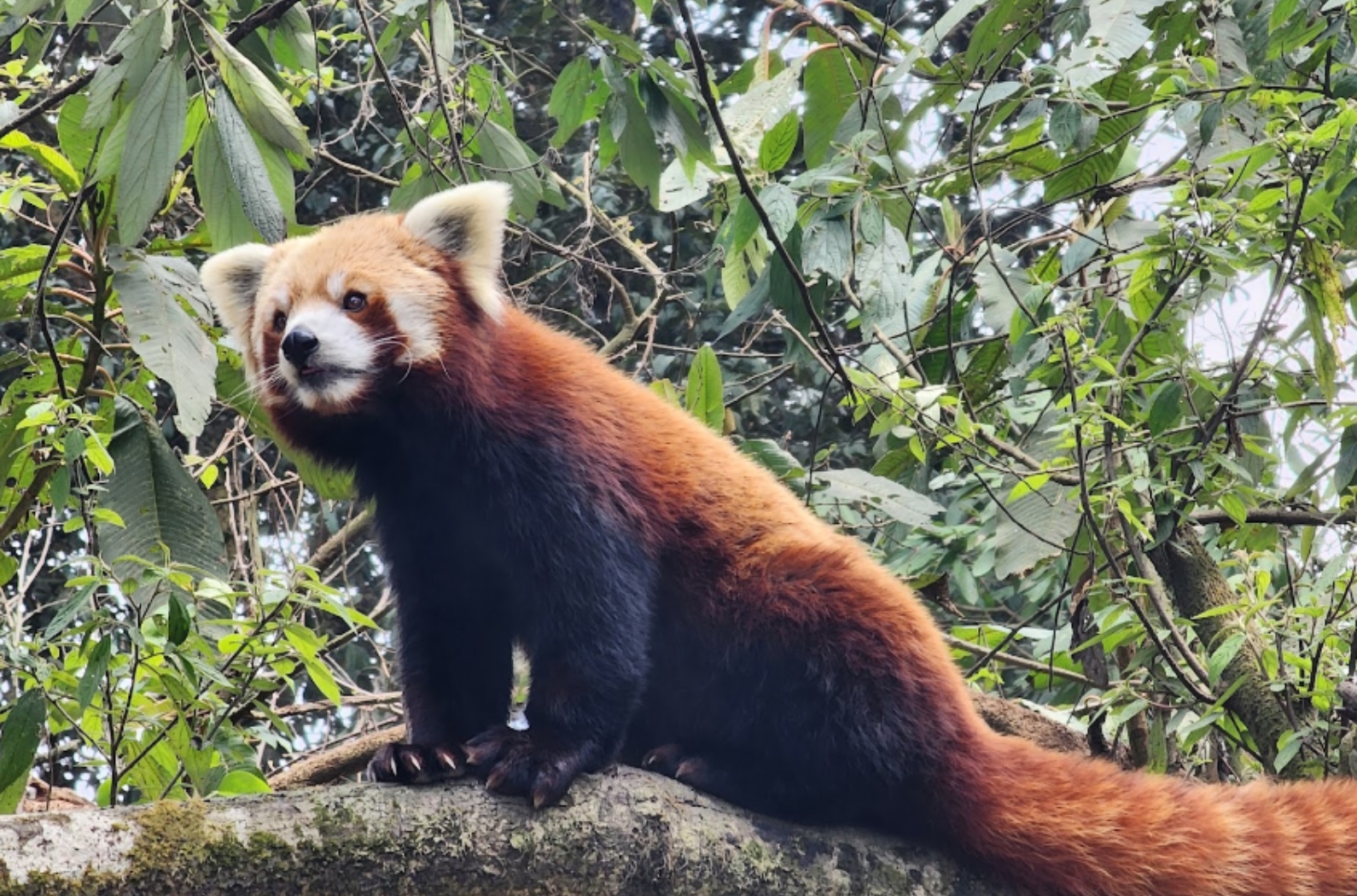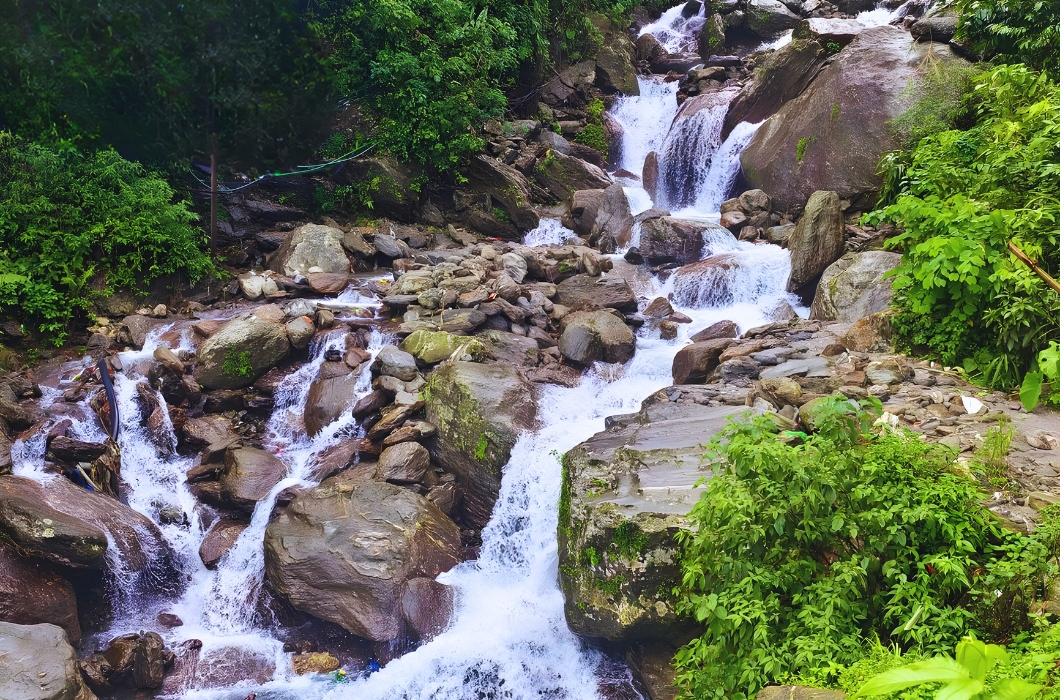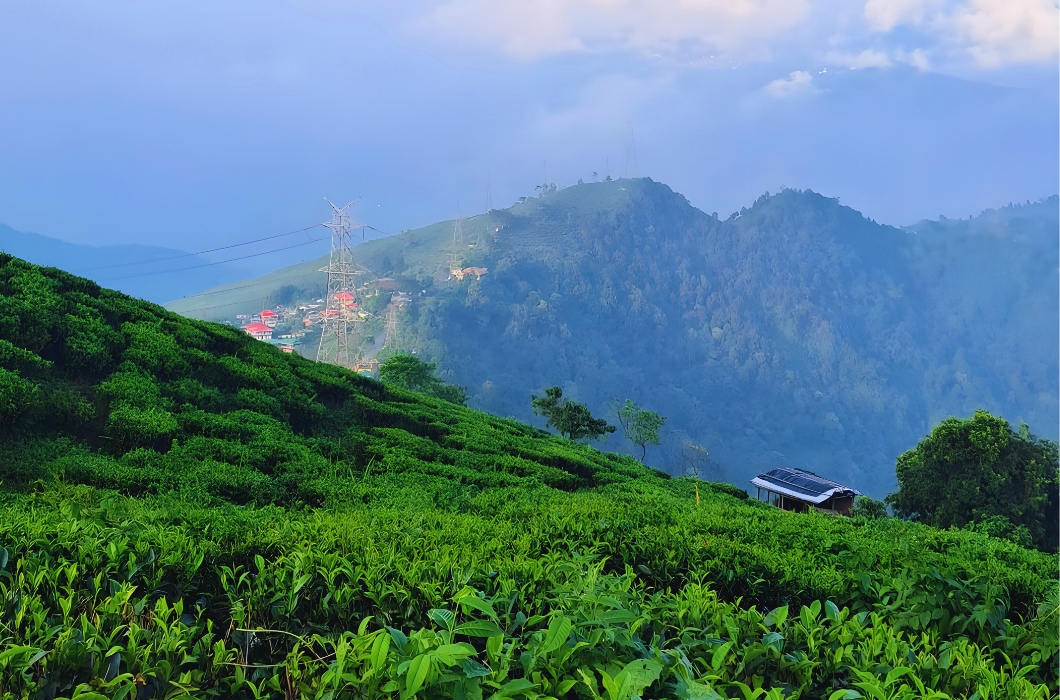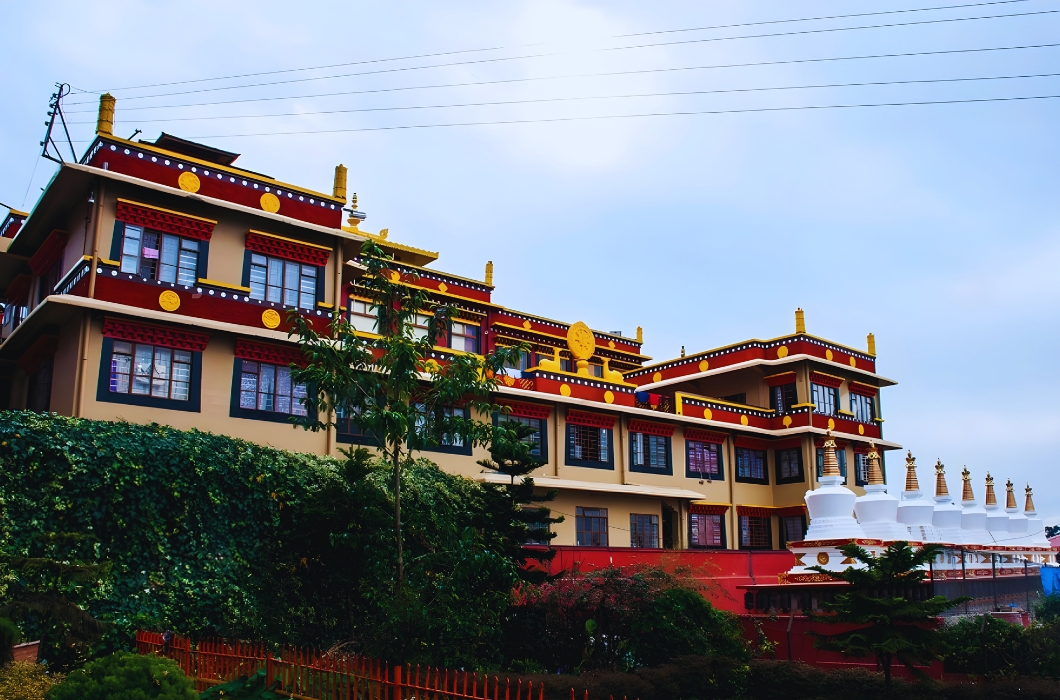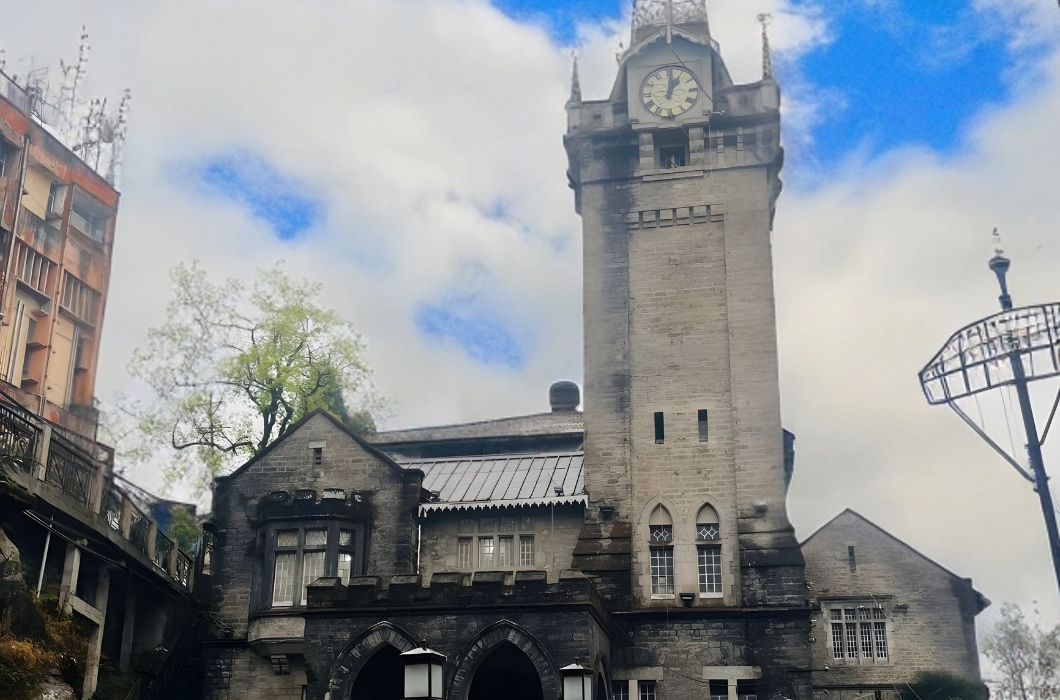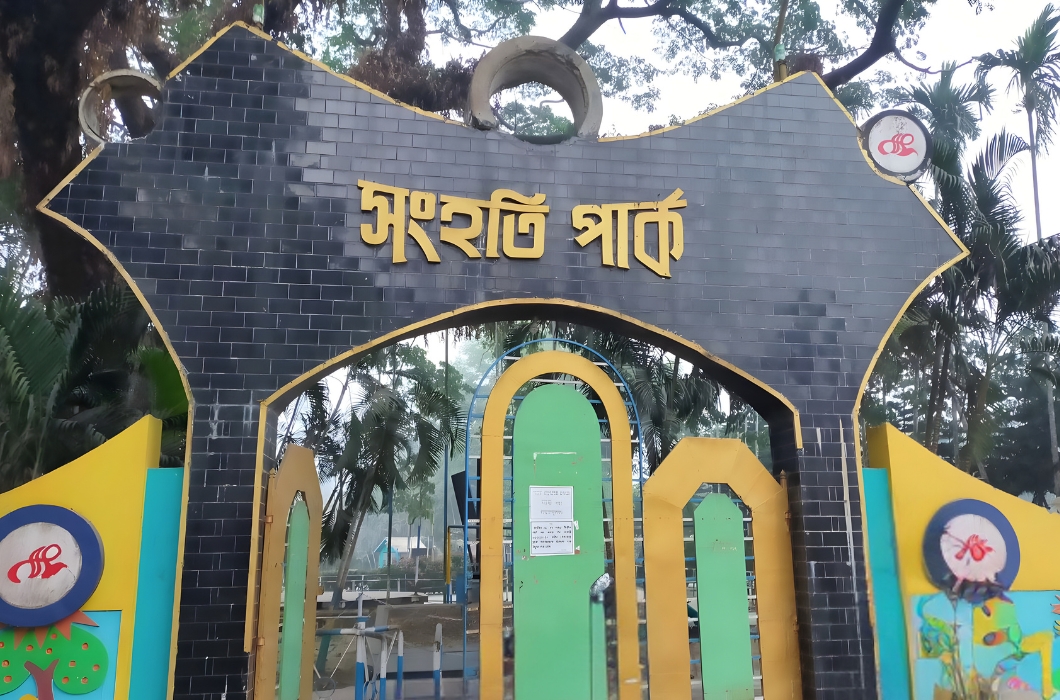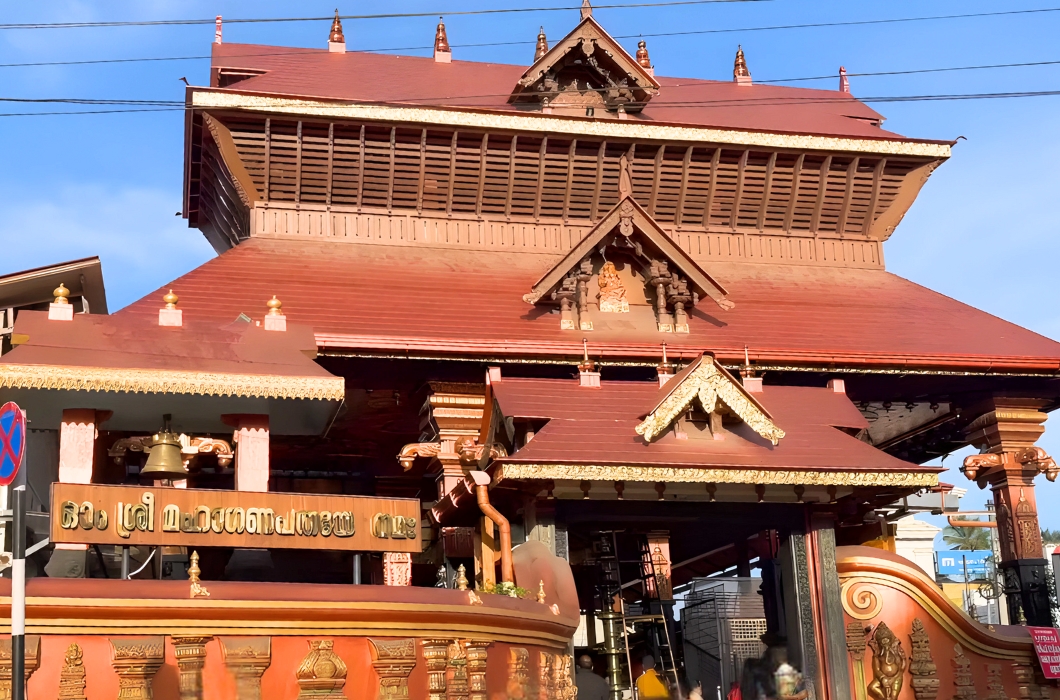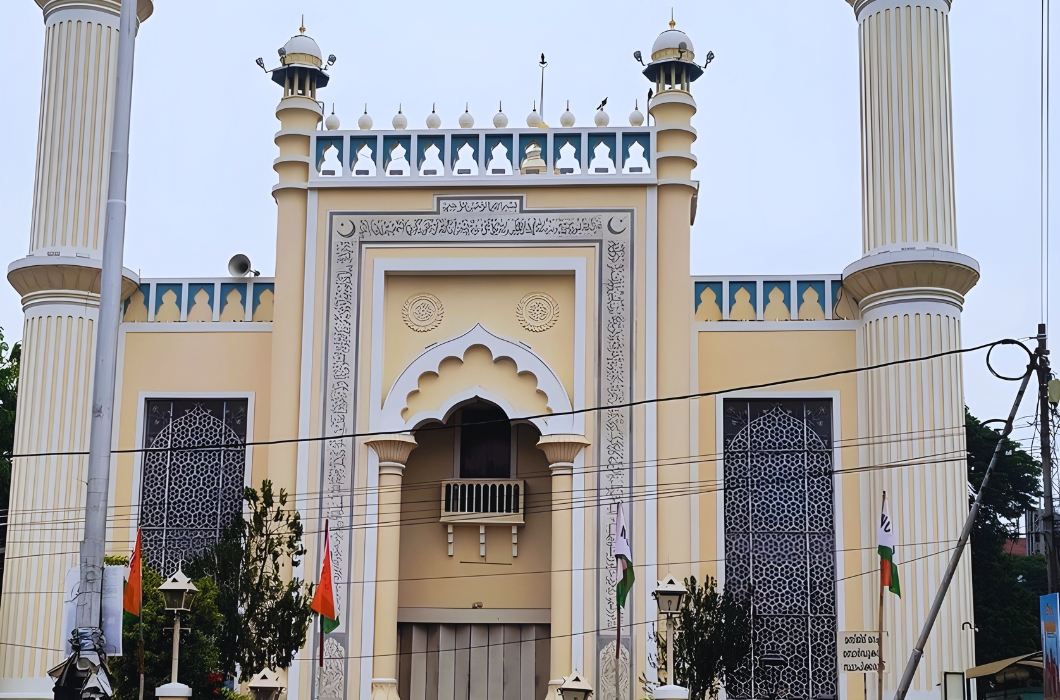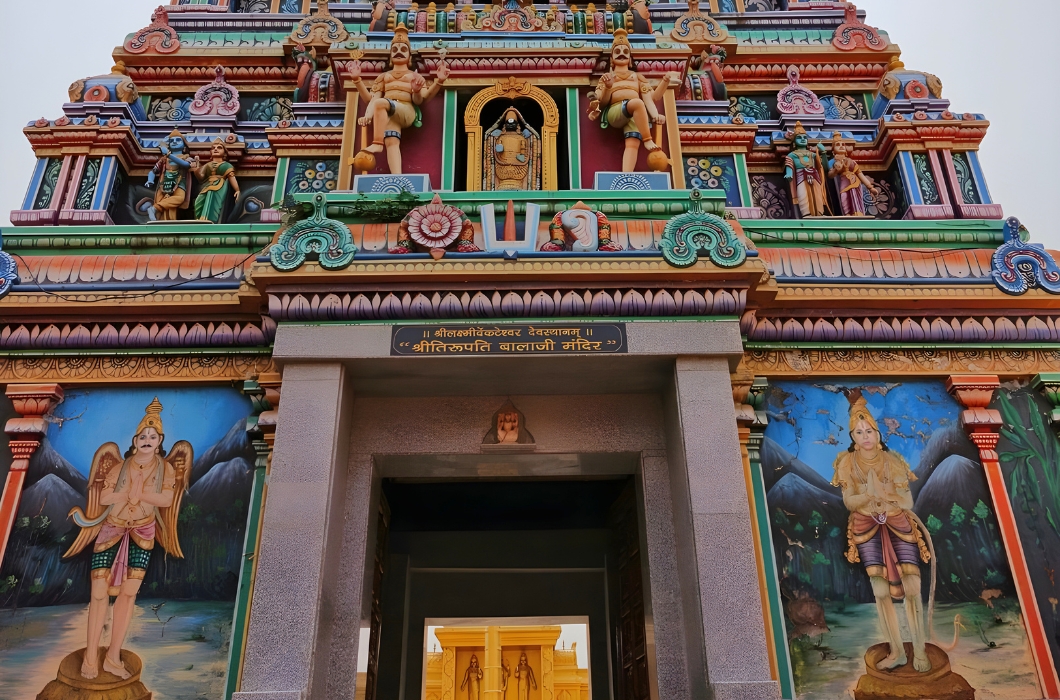3 miles from the Darjeeling Himalayan Railway is the Bengal Natural History Museum. It is among the top attractions in Darjeeling. The Padmaja Naidu Himalayan Zoological Park complex has it. Geroge Nathaniel Curzon gave the go-ahead to open the museum in 1903. In its current location, the museum was established in 1915 after initially being founded as a tiny museum. In 1923, the museum was formally established. It has an extensive collection of almost 4300 species, including uncommon mammals, birds, fish, insects, and reptiles. All of these were captured and preserved as actual animals. There are also estuary crocodile specimens present.
The museum has two sections, one in the basement and the other on the first floor. At ground level, the first portion is devoted to birds. The Himalayan Brown Wood Owl, Northern Spotted Owl, Northern Brown Fish Owl, pheasants, fly catchers, woodpeckers, and many other species can all be seen. The collection includes specimens of over 400 local species of birds, totaling more than 820 specimens. Only two foreign species have been sent to the museum as gifts. The museum also has a sizable collection of bird nests and their eggs. On the tree branches, they are all arranged in their natural environments.
Additionally, numerous species of animals are on show, including panthers, leopards, Tibetan foxes, Tibetan lynxes, toddies, heads of wild buffaloes hanging from the walls, and Tibetan lynxes and lynxes. Different kinds of beetles, moths, dragonflies, and butterflies were on show in glass cabinets. Numerous bird species, including pelicans, jungle birds, and others, are displayed in the basement against different West Bengali topographic elements. The Bengal Natural History Museum keeps a substantial collection of Himalayan flora. The museum also contains a modest library home to numerous priceless and rare volumes, including the 125-volume “The Fauna of British India” series.

